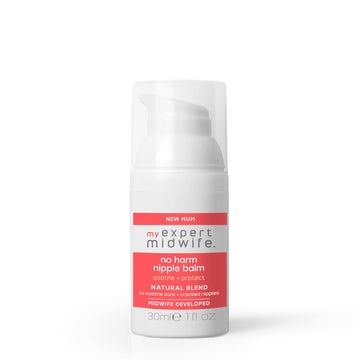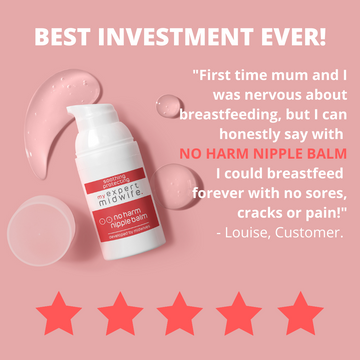There is plenty of information available for women and families surrounding breastfeeding and how to problem solve if difficulties are encountered. However, there is less information surrounding how to prepare better for the reality and practicalities of how breastfeeding can be.
We live in a society which has only recently started to accept that breastfeeding in public should be ‘allowed’ and where women can still encounter problems from café/restaurant owners and even strangers regarding breastfeeding their babies in public. Because of this we are not used to seeing breastfeeding as a normal part of life and therefore miss out on the learning opportunities to watch others doing it, before we have our own babies to breastfeed.
Women in some western societies such as ours, can often be left with little real-life experience or knowledge of breastfeeding when their baby arrives.
How to prepare for breastfeeding
- Hints and tips can be a helpful start.Ask family members and friendswho breastfedto share their stories aboutwhat worked and didn’t work for them
- Buy a good bookto readabout breastfeedingor access informationonline
- Researchyourlocalarea to find breastfeeding support groups, such asBaby Café and La Leche League.&They will be happy for you to attend their groups before your baby is bornso you can chat to other breastfeeding mums and visualisebreastfeeding techniques.https://www.laleche.org.uk/
- Ask your local maternityhospital what they offerto help you prepare for breastfeeding. They may havesome extra classes which you can attend or be able to signpost you towards helpful resources and the latestinformation regarding feeding
https://www.nhs.uk/conditions/pregnancy-and-baby/breastfeeding-help-support/
- Choose your maternity care provider carefully. Different hospitals have higher or lower rates of breastfeeding depending on how much theyinvest in training their maternity staff.Your midwifewill tell you more about their individual‘baby friendly’ status and their breastfeeding rates.
https://www.unicef.org.uk/babyfriendly/
- There is now evidence to say that women should be encouraged to hand express their colostrum from 36 weeks in pregnancy
- Make a birth plan and make sure you add into it that you want uninterrupted skin to skin until baby has their first breastfeed. The first hour after birth can often be when your baby is most receptive to feeding
- Don’t panic if your baby doesn’t feed straightaway. Every baby is different, but most babies’ energy supplies are designed so they can cope easily on smaller regular feeds of high energy colostrum until your milk comes in. It’s the way nature intended it to be from the beginning of time and it hasn’t changed in the 21st century!
How to hand express colostrum
Colostrum is the milk that your baby receives for the first few days after birth. It is high in calories and full of antibodies to help develop your baby’s immune system. Collecting and storing your colostrum, from 36 weeks of pregnancy, can be a great back up plan if your baby doesn’t breastfeed well for the first few times. It can be frozen then defrosted when needed and can be a great help if your baby takes a little longer to establish a good latch or if feeding regularly after birth is needed, such as regulating blood sugars if you’ve had gestational diabetes or if your baby needs special care. Here is a guide to hand expressing:
- First find a time where you can relax for at least 30 minutes without being interrupted- it may be easier to practice whilst having a warm and relaxing bath the first few times
- Wash your hands
- Slowly and firmly, but comfortably, stroke your breasts from the top down towards the nipple with either a flat hand or make your hand into a fist
- Watch at the nipple for signs of any colostrum, which can be clear or milky coloured. It doesn’t matter if you don’t see any as just the action helps to stimulate the production
- After a couple of minutes, make a C shape with your thumb and forefinger around 2-3cms from the nipple end and use a gentle stroking and squeezing movement (only squeeze briefly and don’t squeeze until its painful)
- After a few attempts you should start to see colostrum gather at the nipple end, which you can collect in a sterile container or plastic syringe
- Any colostrum collected can be dated and stored in your freezer so it is ready to give to your baby, should they need it after they are born
Join our 5-star rated Colostrum Harvesting webinar and visit our page on How to do Colostrum Harvesting for more information, helpful diagrams and a video.
Summary
Modern society doesn’t often expose us to breastfeeding women, therefore we may need to prepare ourselves by gaining knowledge from other sources. This blog discusses how to prepare for your breastfeeding journey as well as discussing how to hand express your own colostrum.





